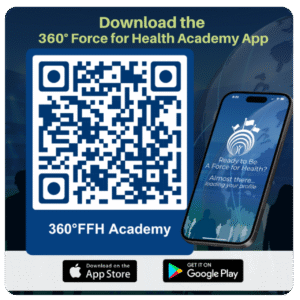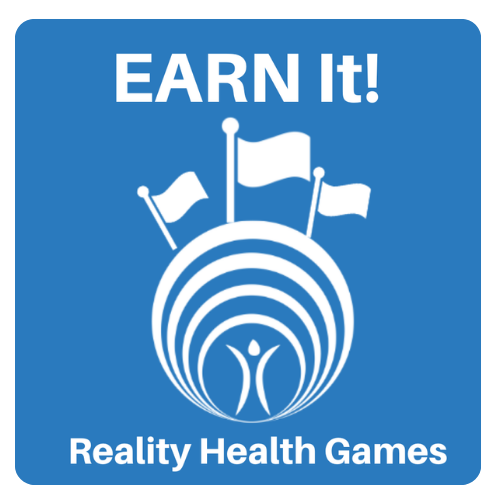
Software designed to provide diabetic patient education
As part of the VHA Innovators Network (iNET) Greenhouse Opportunity, Gulf Coast VA hosted an external innovator who is currently developing a virtual reality software designed to provide interactive diabetic patient education.
The VHA Innovators Network is a national VA program that strives to improve care and enhance the experiences of both employees and Veterans through innovation.
The Greenhouse Initiative, a unique aspect of this program, allows external health care innovative communities to collaborate with VA, ensuring that the voices of Veterans and VA employees are used to develop future health care innovative solutions.
“Greenhouse collaborations provide VHA employees, Veterans and health care innovators with the unique opportunity to contribute to health care innovation right from the initial concept phase. This involvement ensures that new ideas are shaped and refined with direct input from those who will benefit the most,” said Elizabeth Williams, innovation specialist.
Software designed for diabetic patients
In December, the hospital welcomed an on-site visit from House Call VR. This visit was part of the collaboration with VA to gather essential user feedback on House Call VR’s virtual reality platform aimed at improving patient education. Participants had the chance to experience the first software modules specifically designed for diabetic patient education.
House Call VR’s quest is to develop patient education modules that go beyond traditional written and verbal methods, making learning more engaging and effective. Its goal is to help patients make better health care decisions and take control of their health.
Veterans and employees used virtual reality headsets to experience the House Call VR software firsthand and provided valuable feedback to help shape the final product. By using the virtual reality devices, House Call VR aims to provide patients with a completely new perspective of understanding their health.
The insights collected from this session were crucial for refining the technology, with the final product expected to be completed later in 2025.
“As a Veteran that has been diagnosed with diabetes a long time ago, this technology would have really helped me learn more about my health care condition and how to better care for myself. I believe Veterans are really going to benefit from this type of patient education,” said a Veteran participant.
Learn more about VHA Innovators Network and the Greenhouse Initiative.
Recommend0 recommendationsPublished in My Healthy Veteran, US National Health Agency Sources









